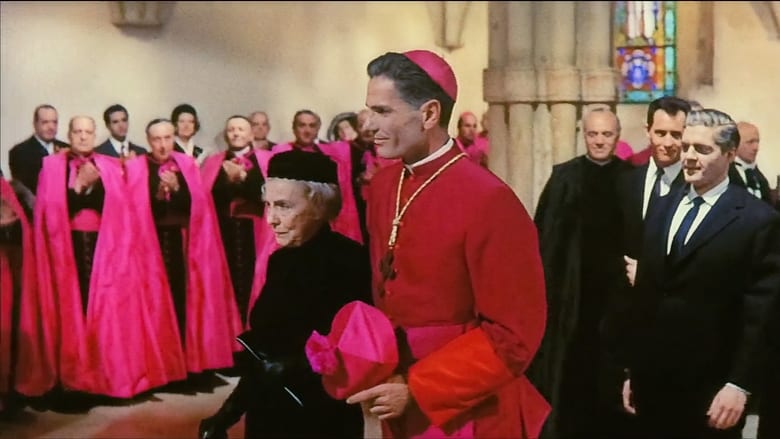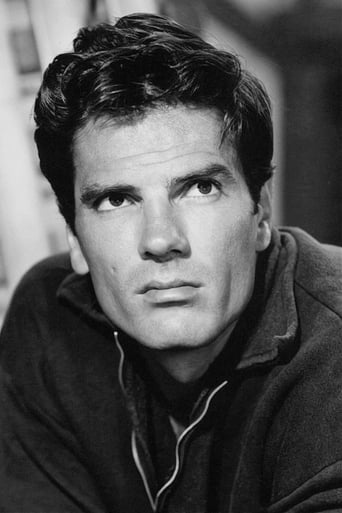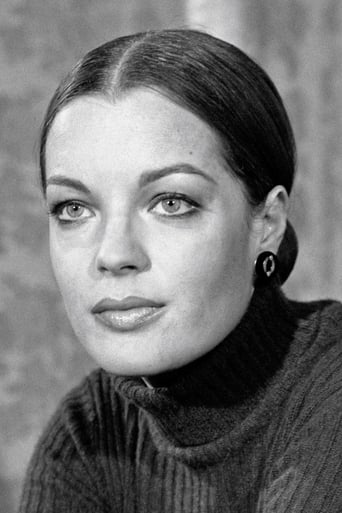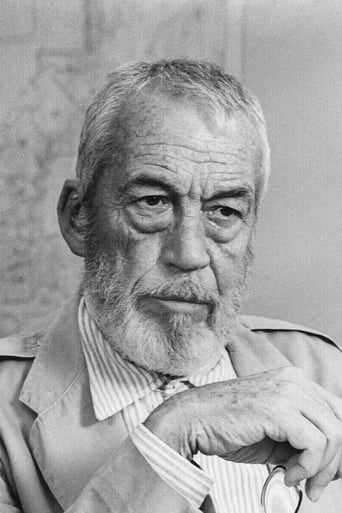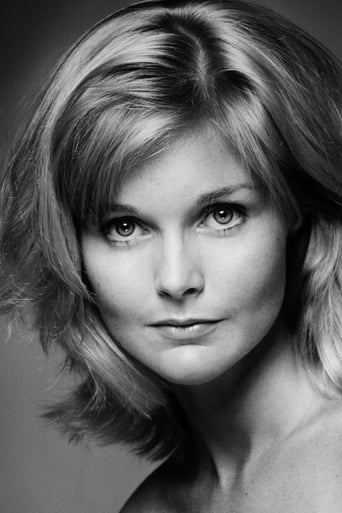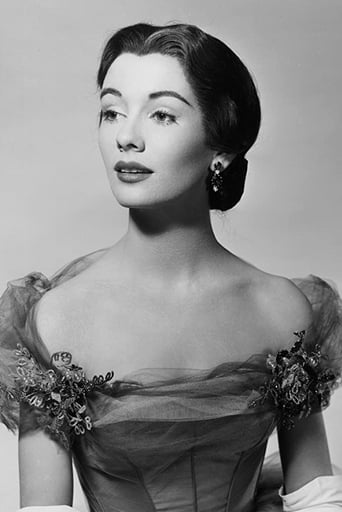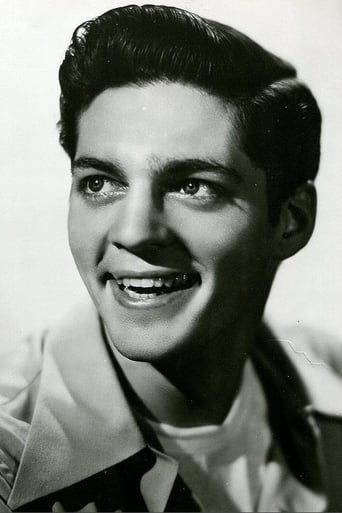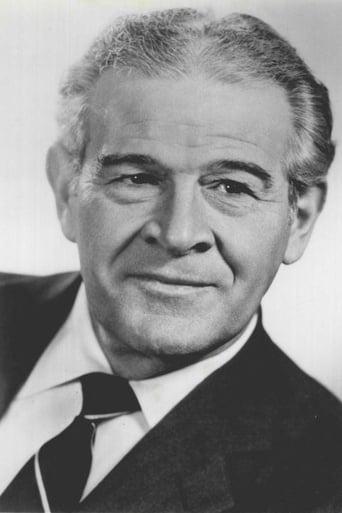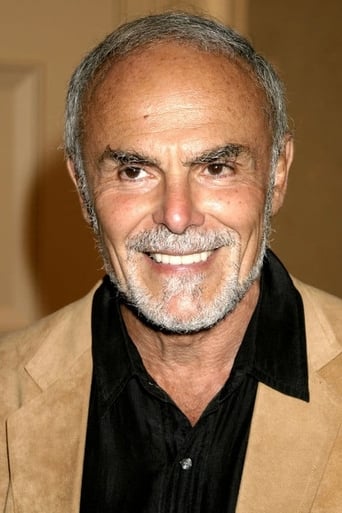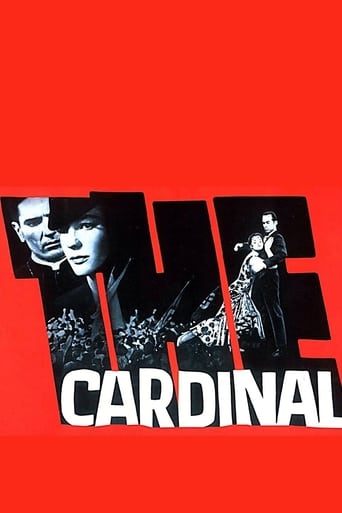
The Cardinal
December. 12,1963 NRA young Catholic priest from Boston confronts bigotry, Nazism, and his own personal conflicts as he rises to the office of cardinal.
Similar titles

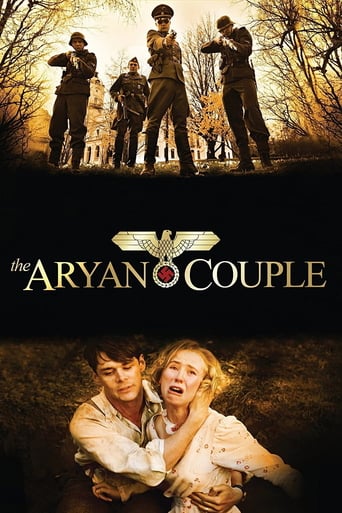
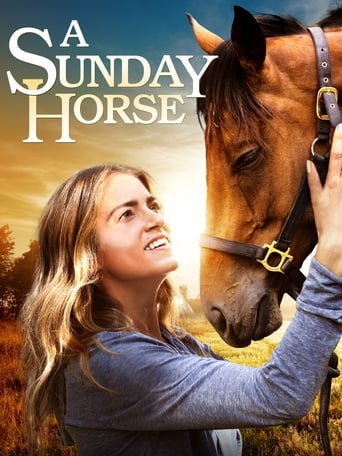
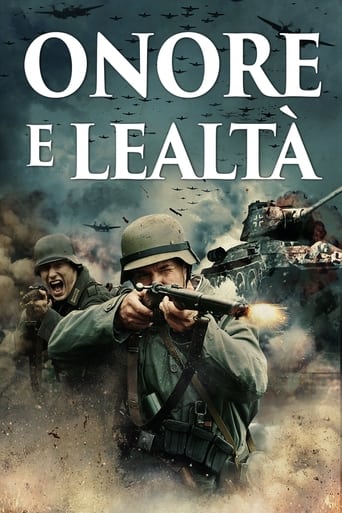
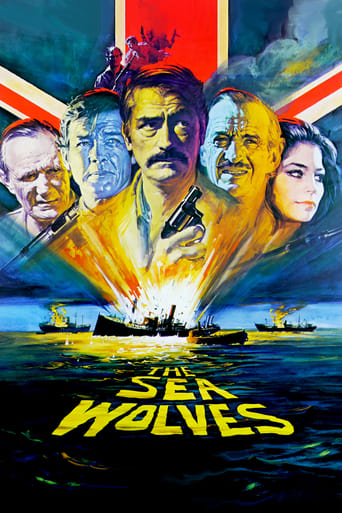
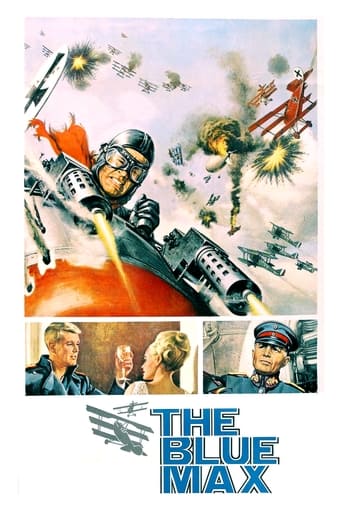
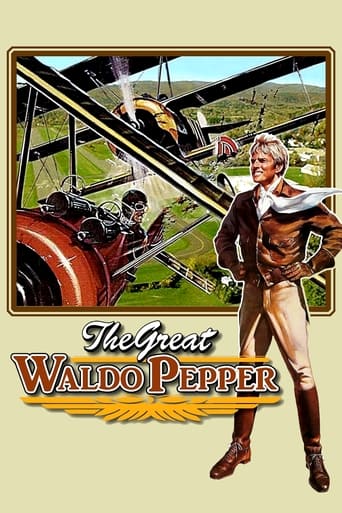
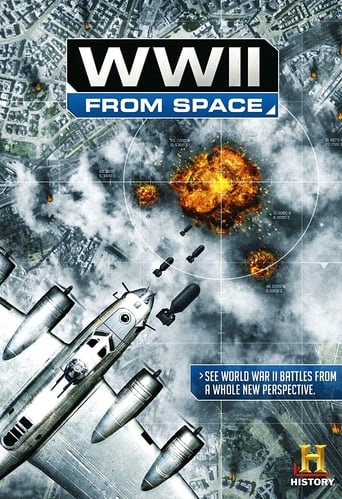
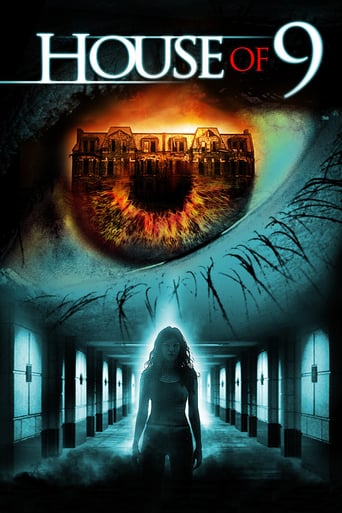
Reviews
best movie i've ever seen.
A brilliant film that helped define a genre
As somebody who had not heard any of this before, it became a curious phenomenon to sit and watch a film and slowly have the realities begin to click into place.
While it doesn't offer any answers, it both thrills and makes you think.
The Cardinal, directed by Otto Preminger, marked a period in the life of an Irish-American priest who rose to become a Cardinal-Archbishop. The movie, based on a best-selling novel of the same name that was published in 1950, suffered in comparison with the blockbuster book, which was a great read as well as commercial success in its day. The movie has some excellent acting but the plot is often disconnected and poorly presented. The book is a long one and it seems as if some of the scenes were poorly selected. The scene where a churchgoer attributed a cure to the Virgin Mary resulted in a crowd of immigrants flocking to the church, a stereotype of the poor, uneducated Catholic. The young woman working with the parish priest of a rural, French community, performed by Burgess Meredith, presented a beautiful young woman who says she was meant to spend her life in service to the poor and the sick. It might have been a sincere effort to show youthful virtue but seemed a stretch to even the most devout Catholic. Tom Tryon is badly miscast as Father Stephen Fermoyle, the main character, whose life draws upon the rich subject of Irish Catholic life in 20th century America. Directors will want to have a main character, who will have some star appeal but Tom Tryon seemed uncomfortable and awkward. Hitchcock used Montgomery Clift in the movie "I Confess" but Clift's acting was strong enough to make him credible. Carol Lynley as his wayward sister is excellent. However, the scenes showing Lynley as a vaudeville and nightclub performer while Tryon watched in horror from the audience was rather funny and not overly risqué. Maybe the movie is just dated. I found the performances of Burgess Meredith and John Huston very convincing. One meeting between the church prelate and the bed-ridden parish priest was very moving with the Cardinal offering to give the elderly priest the last rites. Huston seemed to combine the gravitas of a high church official with concern for the faithful. Ossie Davis was outstanding as the priest from the state of Georgia fighting racism within his own parish and diocese, seeking help from the Vatican. Fermoyle's relationship with the attractive Romy Schneider, while on a sabbatical to think about his vocation, seemed more to highlight the photography of Vienna and the mountains overlooking the Danube River than to highlight his self-examination of his priestly vocation. The foray to Georgia to help a black priest facing the Klu Klux Klan and the racism of his parish was timely in the1960's when the movie was made. The Irish Catholic population in North America experienced phenomenal growth in the 19th century with successive waves of immigrants, particularly after the Irish potato famine of the 1840's. The second and third generation Irish benefited greatly from the education and social skills they received at Catholic schools, and the life of Stephen Fermoyle shows the idealized priestly vocation that many families aspired to give to their Church. With their love of music, their faith and family life, they formed a distinct culture within the American mosaic. This culture, based mainly in urban America, is what the novel captured. It is too much to believe a movie could be as effective and while the movie has some great photography and acting, it should have been much better
Although this film does present a rather idealized story about the rise of a humble priest from a lowly parish cleric to the rank of Cardinal, the issues through which the main character navigates and maneuvers are still as relevant today as in 1963. The Office of Cardinal is the second-highest ranking among Roman Catholic Church clergy, second only to the Pope. Cardinals who are able to make the journey to Rome during Conclave are called "The College of Cardinals", and at Conclave, they choose a new Pope. Not every Cardinal can make the journey and some, by certain decrees, are not allowed to participate and/or vote. The story is not about someone who is already a Cardinal, but rather the steps taken by a no-name cleric and his rise to the highest echelons of the Roman Church.The story begins when Bishop Stephen Fermoyle (Thomas Tyron in his most remembered performance) receives a formal letter from the Vatican in Rome. Such formal letters are read allowed in great ceremony where we learn he has been appointed a Cardinal by the Holy See. As the letter is being read, Fermoyle begins to remember in his own mind the religious and secular journey he has taken to arrive at this moment, a dream for many priests in the Roman Catholic. Many may aspire but few are called to become a Cardinal. Most of the film is essentially in flash-back. The story goes back in time to the ceremony in which he became an ordained priest in a ceremony officiated by the local Bishop back in Boston in the United States.The first issue with which the young priest faces concerns his sister and her current love relationship. The trouble is, her lover is not only not Roman Catholic, he's not a Christian; he's Jewish. Father Fermoyle than resolves he can solve the problem and entice the Jew to convert to Roman Catholicism. However, the plan doesn't work. At one point her sister comes to the church and enters the confessional, but she's looking for guidance from her older brother, not a cleric who simply wants to reinforce church doctrine. Eventually, the relationship between brother and sister is shattered, and tragic results eventually ensue. Father Fermoyle, now in service to Bishop-Cardinal Glennon (John Huston in an Academy-Award nominated performance) tells the bishop he may not be able to continue as a priest. He goes on leave from the church, and briefly entertains the joys of secular life in Paris.Father Fermoyle eventually begins working for the Vatican as a priest without a parish. Father Willis (Ossie Davis), an African-American priest from the United States pays Father Fermoyle an unexpected visit. He needs help with his church back home which was burned by white supremacists in his hometown in the rural American South. The American priest is asking for an audience with the Pope. Although he is unable to arrange an audience with the pontiff himself, Fermoyle is certain that one of the high-ranking Cardinal-bishops would give him an audience and aid in the cause against racism. To their astonishment, the Cardinal offers no help but feels it's something which the Americans need to resolve. They also feel it's too politically charged to enmesh themselves into the racist issues plaguing America. Father Willis leaves the Vatican disappointed.Then unexpectedly, at his home in the South, Willis receives a special guest: Father Fermoyle. Fermoyle has traveled from Rome to the American South to aid Father Willis, although his presence is "unofficial". Fermoyle is not in the local town as a representative from Rome but simply there under his own cognizance. He then learns the local authorities want to sweep the business of the church burning under the proverbial rug. Another local priest, probably Anglican, also tries to compel Willis not to testify in court. However, Father Fermoyle supports Willis in his resolve to confront the issue in the local court. The Vatican priest learns some of the white locals don't like outsiders meddling in their affairs, and they don white sheets at night to make their point.Why I think "the Cardinal" works as well as it does is because the story doesn't come off dated or sanguine. The issues confronted by the story are very real, and these episodes resonate today with the problems of racial and religious intolerance. I think the point of the story is that, to become a Cardinal from the rank of a lowly priest is a very arduous journey. The story rings slightly of the rise of Pope John-Paul II who, when he was a young parish priest in Poland, hid and helped Jewish refugees escape from the clutches of the Nazis. Even the current pontiff, Pope Francis I, became a vocal opponent of fascism in South America. While certainly, some priests rise to higher ranks because of their loyalty to doctrine, others gain the ranks because of engaging in blood, sweat and tears. While the Cardinal is a fictional account of such a rise, the film does demonstrate a few are given the privilege because of their contribution to humanity at large.
The Cardinal is directed by Otto Preminger and adapted to screenplay by Robert Dozier from the novel of the same name written by Henry Morton. It stars Tom Tryon, Romy Schneider, Carol Lynley, Dorothy Gish, Ossie Davis, Burgess Meredith, John Huston, Cecil Kellaway and Maggie McNamara. Music is by Jerome Moross and cinematography by Leon Shamroy.Film follows the life of Irish Catholic priest Stephen Fermoyle (Tryon) from his ordination to his appointment as a cardinal. His journey over time will see him tackle crisis' within his own family, a struggle with his faith, racism and fascism.Preminger's epic vision is evident, the visuals often superlative and attention to detail is rather magnificent, yet The Cardinal is too bloated and too episodic for its own good. In what is clearly meant to be a detailed examination of the Catholic Church and faith, both good and bad, just comes off as film makers straining for emotional wallop instead of challenging the viewers.Film is basically strung together in one by one formation. One scene finds Fermoyle (Tryon looking quite lost at times) faced with something nasty, the next is how he deals with it. Then the next nasty thing comes his way, and then he deals with it. And so on and so on. OK, maybe it is a bit literate at times, desperately reaching out for some poetic worth, and Preminger has camera fluidity in abundance, but the script is too often flaccid, even corny, and there's just not enough pulse raising performances around Tryon to make the near three hour experience worth itIf cut by an hour, with a better leading man and with a script writer willing to really get gritty with the source, then The Cardinal may have been a far better movie. As it is it's a misfire that wastes possibilities all over the shop. 5/10
The stiffness in the telling marks the destiny of this confused tale. At times is quite simply, unendurable. The wooden rigidity of Tom Tryon makes things even harder to take. Unconvincing should be the polite way of putting it. Preminger shows an eye for the travelogue part but a total diffidence in the subject at hand. No feel for it at all. Solemnity shouldn't be the way but it is and a rather phony solemnity at that. At times, they all behave like creatures from another planet and nothing they say or do sounds or looks credible. The over long saga is told in little disjointed episodes, the only thing that remains constant is the inexpressive brow of Mr Tryon. Most of Otto Preminger's opus looks terribly dated now. "The Cardinal" is, perhaps, the most dated. Carol Linley goes from saintly sister to exotic dancer in one single throw and Romy Schnaider has a brief and calculated moment. If I had to save something it would be the scene in which John Huston goes to visit his dying friend Burgess Meredith. But those kind of moments are rare. For some reason that I haven't been able to figure out there is a long musical number by Robert Morse, but as absurd as it was, it came as a welcome change from the agonizing pace the film suffers through its interminable length.
Top Streaming Movies











